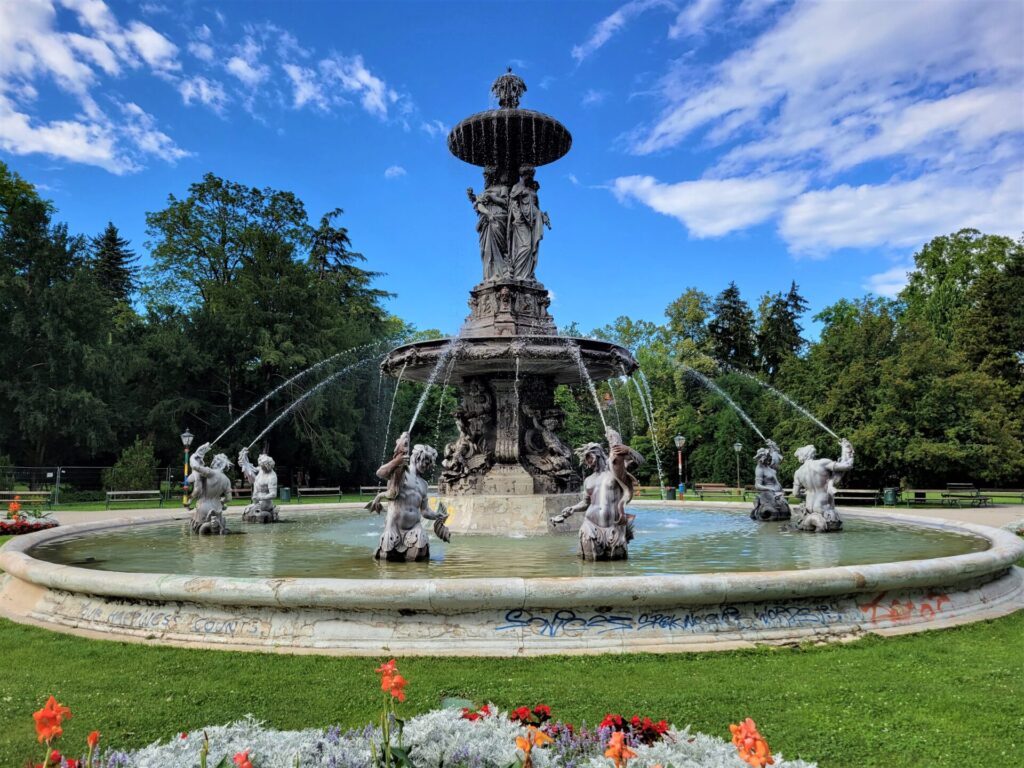
Budva is a beach resort town built into the side of a mountain. It’s a very popular summertime destination and hosts about half of all tourists that Montenegro receives each year. There is a cute old town area but the draw for most visitors are the sandy shores, blue sea, and the parties. Our off season visit meant that we weren’t there for swimming or sunbathing, but we still enjoyed the views and the scenery.









Feeling Social?